Life in the Prohibition
By Kira Kinney
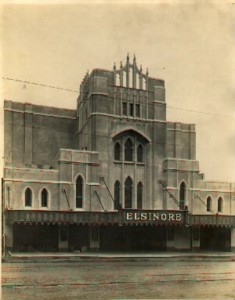
When the word Prohibition comes up, most people have a vision of 1920’s flappers in fringe dresses dancing in jazz clubs and men in high-waisted pants sneaking off to a secret speakeasy to drink some illegal moonshine. And while the media has used these images to portray that time, that isn’t what the main focus of the Prohibition era was. This time was filled with the evolution and popularization of new fashions, entertainment, and events that is rarely portrayed by popular media today. Oregon itself, not often in the media of this time, was still aware that this was an important era for change.
Fashion
1920’s fashion for women was revolutionary when it came to hemline, shape, and overall design.
Woman in a Modern 1920’s Suit
This rare colorized photograph shows a woman wearing a red blouse underneath a black suit jacket and long black skirt. She has styled this outfit with a pair of dark brown pumps, nude stockings, black gloves, a matching red clutch purse, and a flat-brimmed black hat stylishly tilted to the side. She has also had a few decorative white, blue, and yellow flowers pinned to the top of her blouse.
This outfit is quite different from those of previous decades because it has a more masculine style to it. The jacket itself is reminiscent of a man’s suit. This transition into a more masculine style had become more fashionable for younger women in the 1920’s as a liberation movement, with women wanting to become more equal to men. Another major difference is that the hemline of the skirt goes above her ankles. Before then, it was considered very improper and risque for women to show their ankles. By the start of The Prohibition, younger women wanted to be less restricted while walking and were finding that shorter skirts and dresses were easier to move in. The stigma behind showing your ankle, while still present in older generations, was slowly fading as the fashion become more and more popular.
Woman with a Floral Print Dress
While some women fully embraced the new fashions, some Oregon women preferred to stay more conservative and only slowly introduced modern elements into their clothes. This woman is sporting a long floral-patterned gown with a pleated collar closed by two flowers. While the length of this dress may not show ankle, she is sporting a few minor changes that show the fashion of the decade, namely, the seemingly non-existent sleeves and the less defined waist and hips.
The biggest change that can be seen on this woman, though, is not clothing based: she’s wearing makeup. From the picture, we can see that she has some color on her lips, drawn on eyebrows, and possibly some mascara or eyeliner. The popularization of makeup during the 1920’s was based on two reasonings: looking younger and trying to look more like men. This was especially true with mascara so that women could have the fuller eyelashes that many younger men have.
Woman with the Long, Light Dress
This woman’s full length dress has short sleeves, flowers placed around her dress’s collar, and a small skinny belt with a circular buckle. The dress and belt are fairly loose so even though it shows where her waist is, it does not define and accentuate it very much. Her hair, while it looks short, is actually fairly long. While some women went for the newer and shorter haircuts, many had their long hair curled, put into waves, or pinned back in order to make their hairstyle look shorter.
Black Cloche Hat
Back during the Prohibition, if you went outside, you wore a hat. This black cloche hat with a black band was a fairly standard hat that was worn by many women. The cloche-style hat was made in 1908 but wasn’t popularized until the 1920s. The reasoning behind the name of this hat is that it’s the french word for bell and the hat is said to be in the shape of a bell. This style of hat was especially popular with women that had a “flapper bob” haircut since the haircut and hat were good compliments for each other.
While men’s fashion didn’t alter as much, it definitely had a distinct style change from the previous decades.
Man with a “Skimmer” Hat
This man, E.H. Leach, is wearing a dark suit with high lapels while also sporting a matching dark bow-tie, a pair of dark oxford shoes, and a “skimmer” style straw hat. This style of hat is also called a boater because of its popularity in the 1920’s with wealthy men who went boating. The style eventually became popular to wear during several other outdoor activities. The ribbon around the hat could be easily changed and would usually have had a specific pattern to represent the college that the man went to or his club affiliation.
Man on a Pogo Stick
Sporting a different high class look, Ben Olcott is wearing some plus 4 knickers, a sweater over a dress shirt and necktie, long dark socks, a pair of oxford shoes, and a flat cap. This more comfortable style became popular with high class men who wanted to be more active while still looking good. This style was especially popular, and still is, with golfers. It eventually became more and more popular outside of those activities and was used as a look that showed others that they had the money and free time to do these more leisure-type activities.
In this picture, Ben is shown bounding on a pogo stick. The pogo stick itself was invented in 1919 by a German man named George Hansburg. Pogo sticks became incredibly popular in the United States after the Ziegfeld Follies performed while on pogo sticks. Performing tricks on these things became a national pastime in the 1920’s for children and adults. While the pogo stick still remains in the public mind, it has never been as popular as it was in the 20’s.
News and Events
From the introduction of Prohibition to the start of the Depression, the 1920’s was a time of rapidly changing current events, accompanied by some continuing events, which reminded everyone that everything doesn’t change overnight.
0063.001.0073.001.01/02
Newspapers about Hebert Hoover in 1920
Herbert Hoover was elected President of the United States in 1928 and inaugurated in 1929, soon to be thrown into a situation for which he would not be prepared. Earlier in that same decade, he didn’t have any wish to be nominated to a political position. Published in ‘The Oregonian’ on March 10, 1920, Herbert Hoover made a statement that “his ambition is to remain a “common citizen””. However two days later, the ‘Capital Journal’ reported that many representatives voting for the Republican Presidential candidate had selected Hoover.
Picture of The Elsinore
One major piece of Salem architecture that people are still impressed by is the Art Deco Elsinore Theater Building. While it was refurbished a few decades ago, the building itself has been around since 1926. The picture above was taken a few days before the theater had officially opened its doors to the public. Even back in the 1920’s, this building was an impressive building for concerts, plays, and other events.
Salem Corn Show 1922 Blue Ribbon
The Salem Corn Show was a popular event that was especially popular with the farmers around the Salem area. This was to show everyone in Salem who’s corn was the best. This blue ribbon was given to the winner of the show in 1922. The more awards that a farmer got, the more likely that their business would increase.
The Women’s Christian Temperance Union Convention, 1921
The Women’s Christian Temperance Union chapter in Oregon was founded in 1883 and played a large part in trying to start prohibition. Even when prohibition was in full swing, they still gathered annually to have meetings. One possibility for this would be that were trying to find ways to stop the illegal selling and consumption of even stronger forms of alcohol. This ribbon was given out to members at the 38th Annual Convention of the Women’s Christian Temperance Union, on Oct 12 -14th, 1921 in Oregon City, Oregon.
Check-up for Tuberculosis
Tuberculosis was nothing new in the 1920’s, but that doesn’t mean that it didn’t effect several people then. Very little was actually known about what Tuberculosis was, how it was transmitted, and how to cure it. As soon as a person showed signs of the disease, they were sent to a sanatorium to be checked and most likely admitted. There, the person could be isolated from the rest of society to try and lessen the spread of TB. This tag shows Siviter Horn getting a check-up at age 9 to see if she’s showing any signs of Tuberculosis. It also shows some tips for this girl to get healthier since she is a bit underweight, which might make her more likely to contract TB.
Letter about Socialism in Salem
While the “Red Scare’ was just starting in the United States with the economic and political ideology of Communism being introduced to the masses, another system was starting to come across the pond and make people question the best economics and politics for the United States. That system is called Socialism. In this letter from H.W. Elrich, he and a few other Socialists are trying to get funding in order to get propaganda out into the public to promote Socialism.
Entertainment
With new technologies constantly being introduced, the world of entertainment slowly evolved to incorporate the new wave with the popular old wave.
Theater production in Salem, Oregon
Live theater is still a prominent part of Salem’s charm and character, with several theaters that advertise each other’s newest productions. But that theater spirit is nothing new to the city. In the picture above, a theater production is being put on in the Grand Theater in downtown Salem, Oregon. This specific play seems to based in Ancient Greece, possibly a play like Antigone.
Kodak Cartridge Premo Camera
Taking pictures with a camera had become very popular soon after its introduction to the public. The problem was that not many people in the mid to late 19th century had the money or skill to take pictures on their own. Slowly, people started to look into creating a camera that would be easier to use and purchase for the public. In 1888, one company came up with their own version of that idea which helped them quickly rise in the business. Kodak started to become a top name in the camera business for over 100 years because of that. The camera above is a Kodak Cartridge Premo that would have been used by more and more people to take their own pictures.
“Univex” 8mm Electric Movie Projector
In addition to the introduction and popularization of pictures, moving pictures were beginning to take shape in the late 19th century. These movies first became popular as just novelties, seeing a 2-d image move. Once the novelty wore out however, people started to create stories with these images and the movie industry started to build up. This object is a “Univex” 8mm electric movie projector. This would have been plugged into an electric outlet and would have had a reel of film fed through in order for it to project the movie onto a screen.
Chautauqua program from Salem, Oregon
During the week of July 20-26, 1920 there was an event held in Salem called Chautauqua. Throughout this event were several speakers and entertainers that informed and entertained the large audience. Some of the events that happened during the week were several men talking about their experiences during WWI, the effect of women working in the Reconstruction efforts after the Civil War, celestial mechanics, Ida Tarbell’s view of the United States at the Peace Conference, Jaroslav Cimera and his Czecho-Slovak band, Mary Adel Hays preforming a recital, and an American that experienced many events of the Russian Revolution for himself.
Portland Mansfield Dancers Program
Theater wasn’t the only thing present on Oregon stages. On February 19, 1925 the Portland Mansfield Dancers came down to Salem and performed a dance concert at the Grand Theater. This group consists of one man and three women, including Virginia Mansfield, performing “Rhythmic Visualizations of Famous Compositions”. This was a one night only event that many people were sure to have seen and enjoyed.



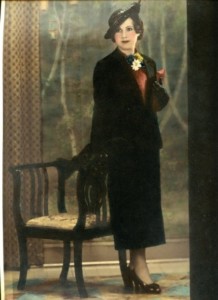
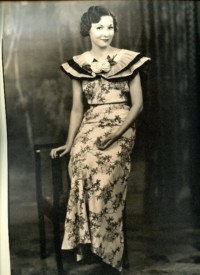
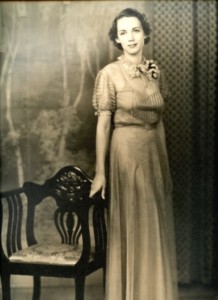
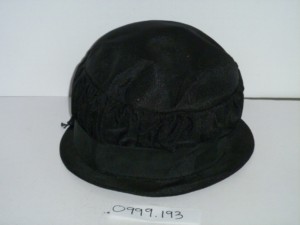
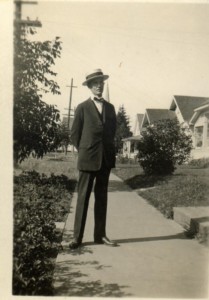
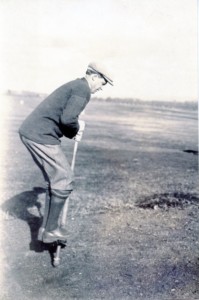


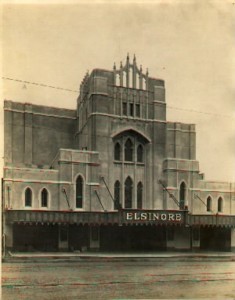
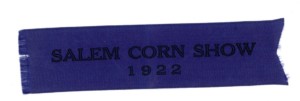
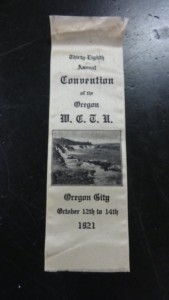
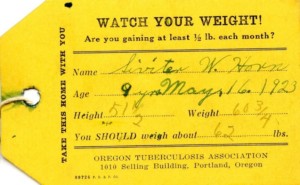
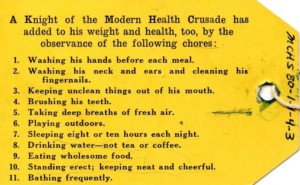
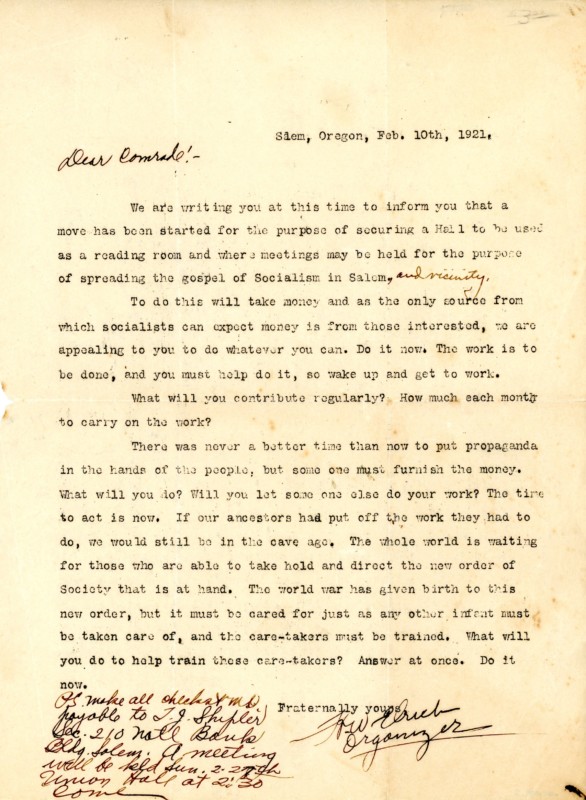
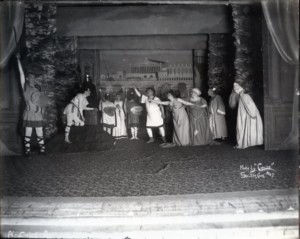
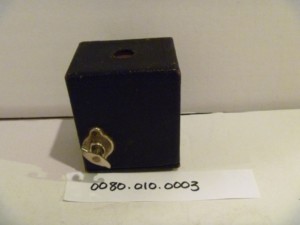
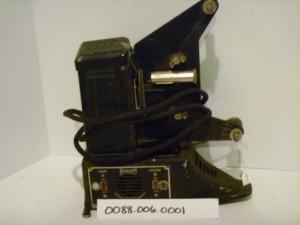
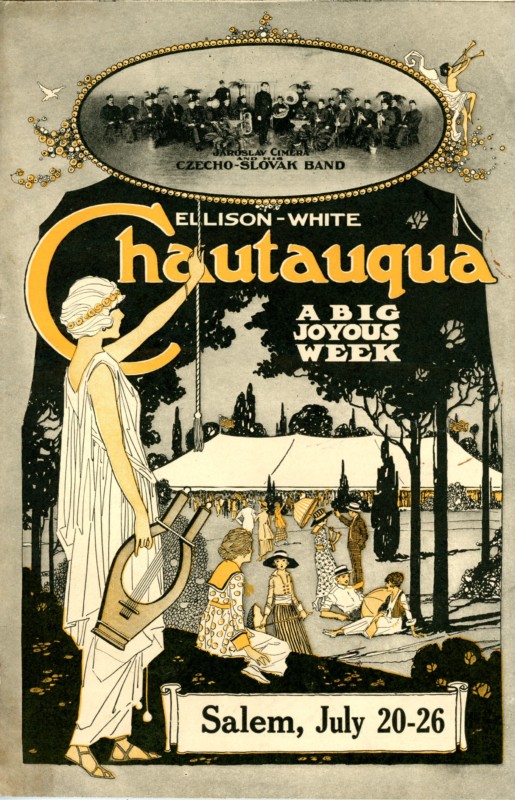
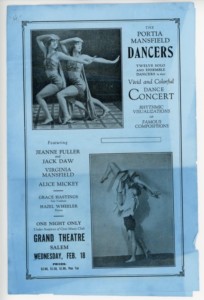
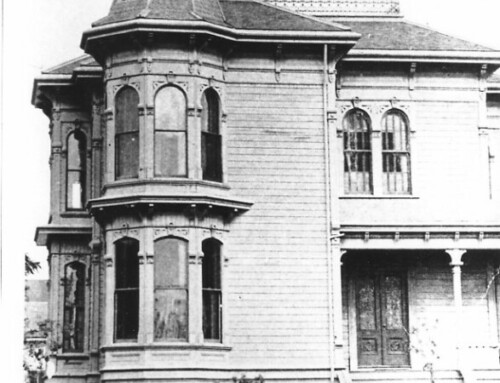
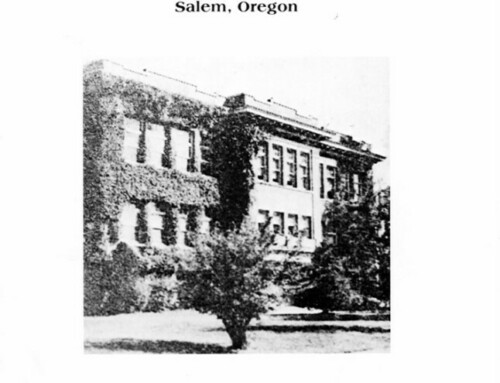
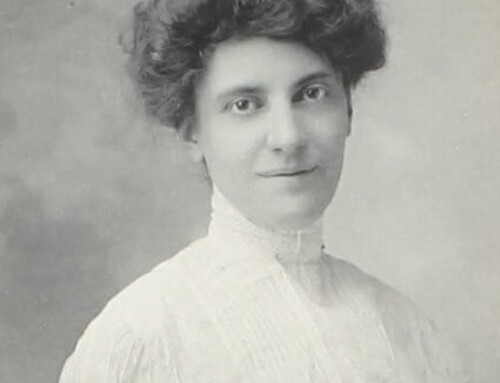
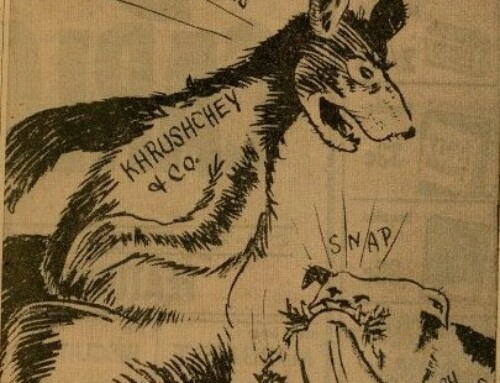
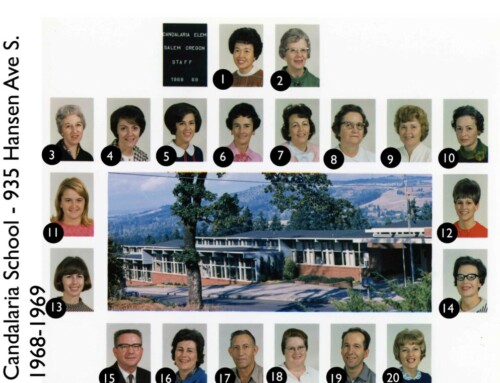
Pardon, but the photograph with the captioned Woman in a Modern 1920’s Suit, is incorrect. The photo shows a woman wearing clothing from the 1930’s.